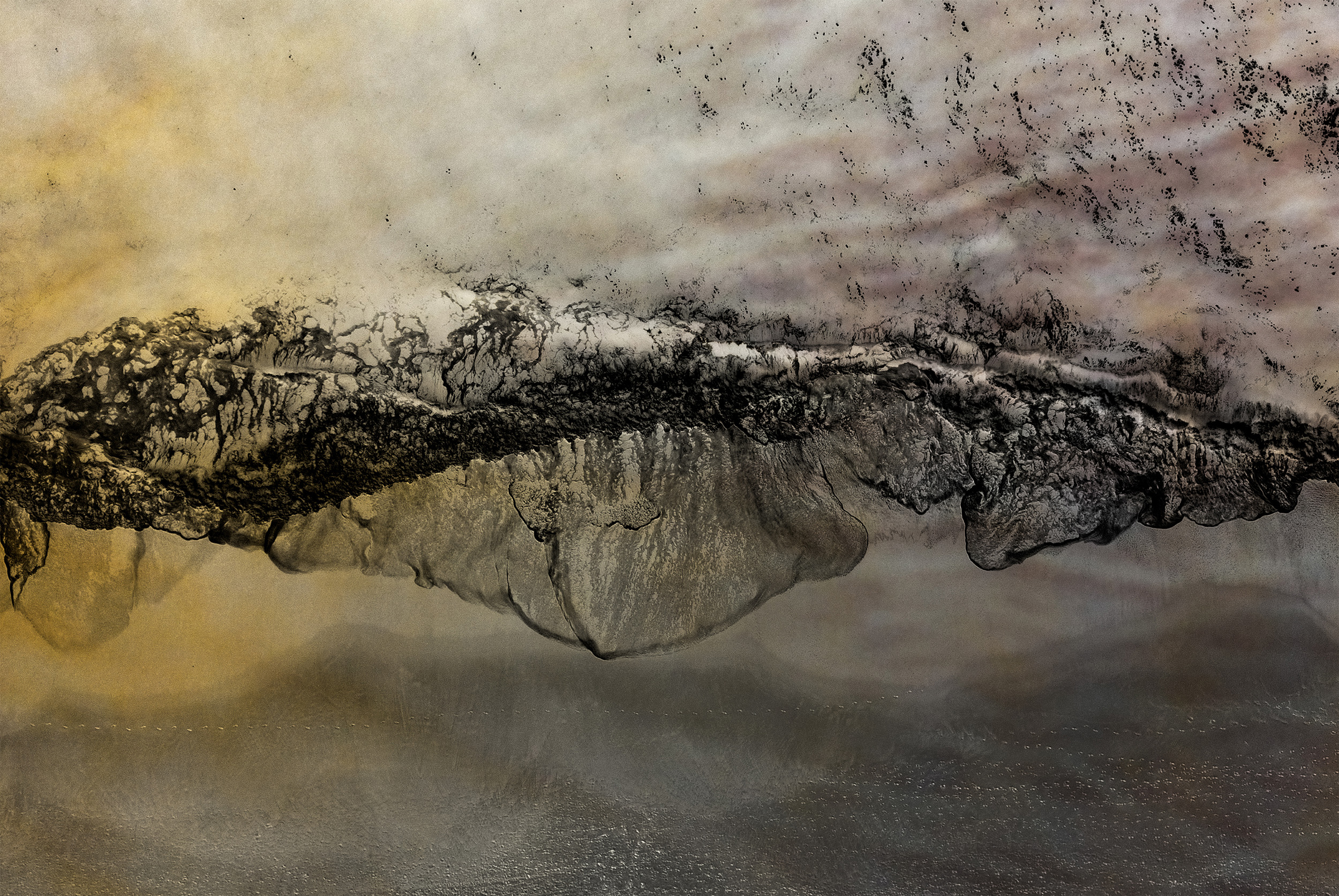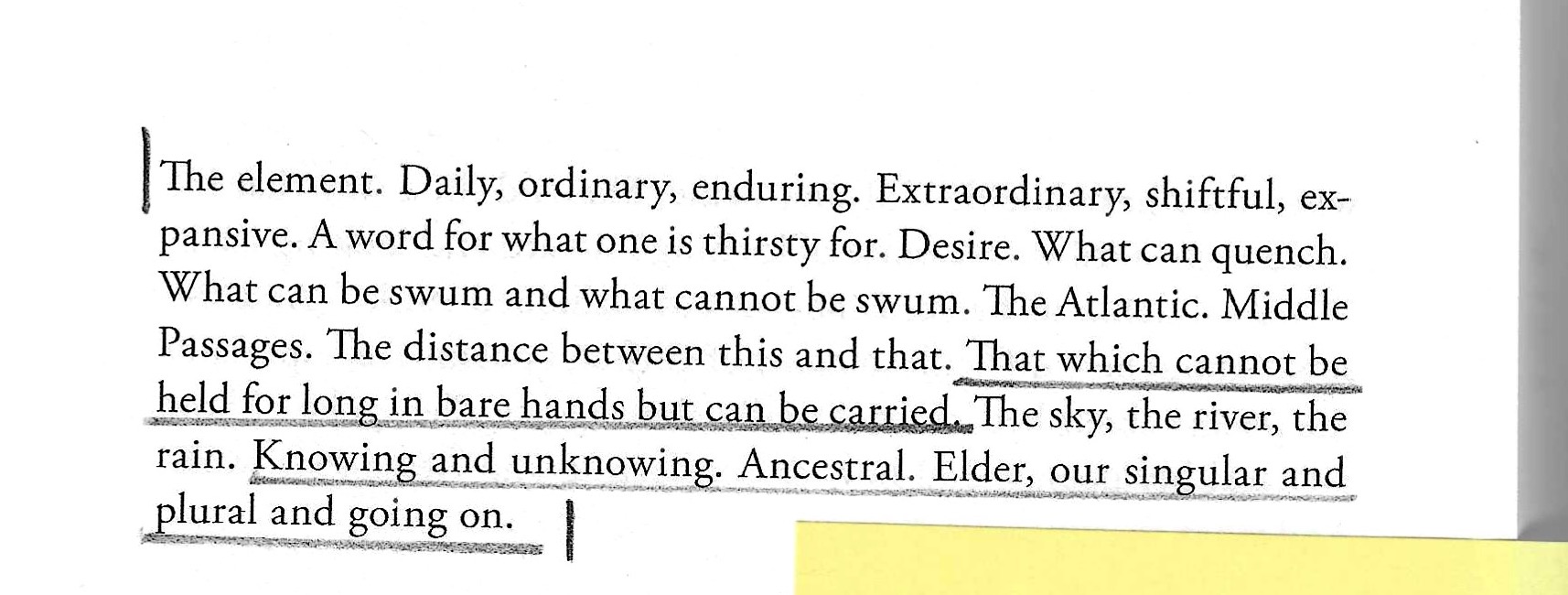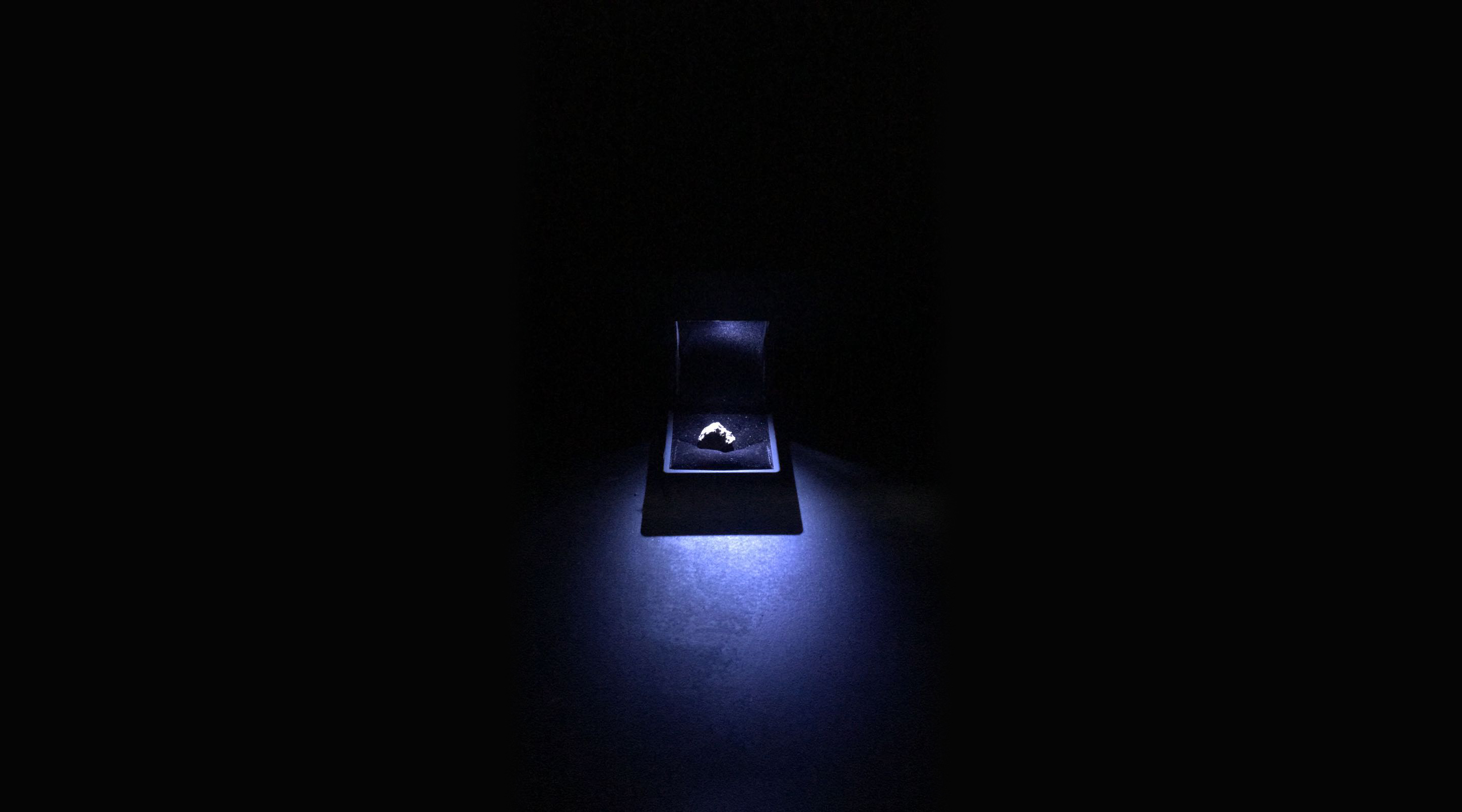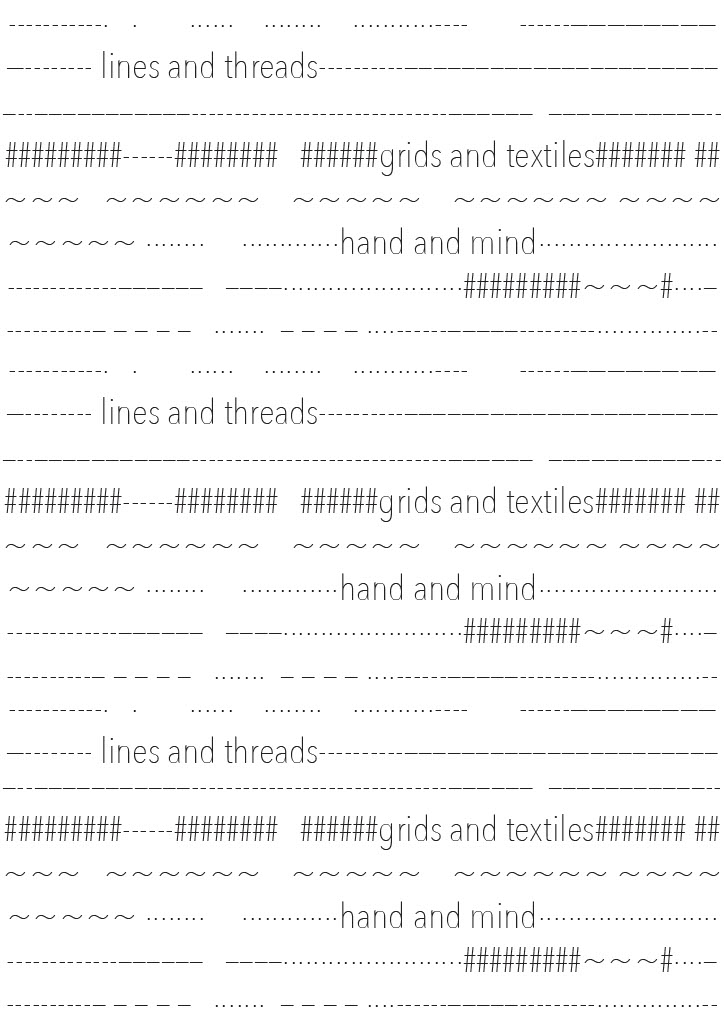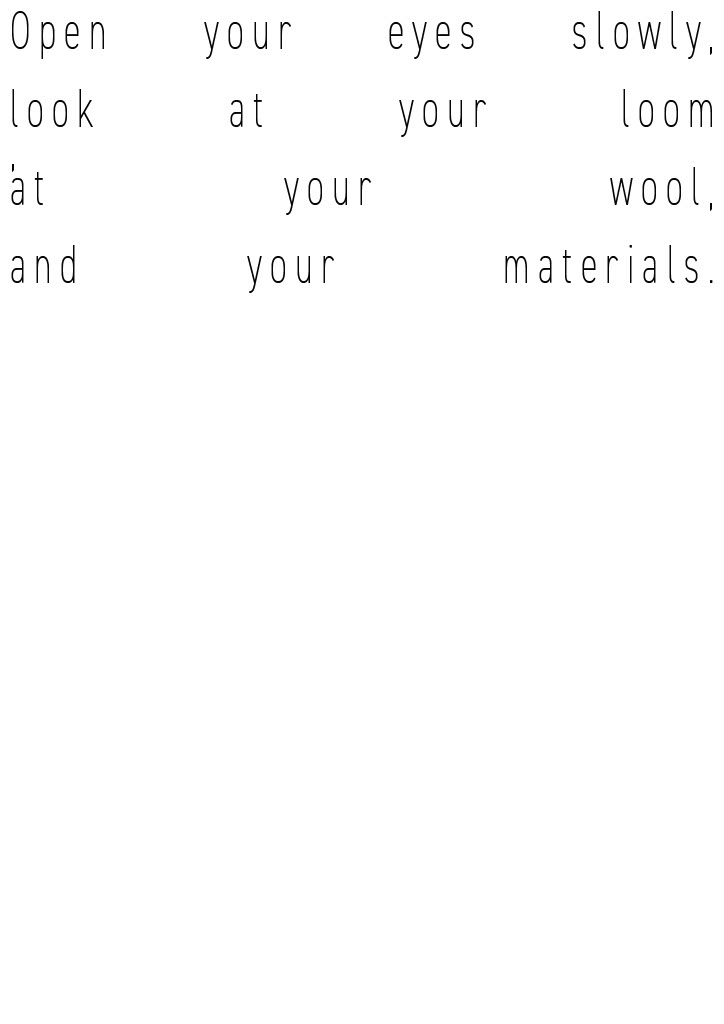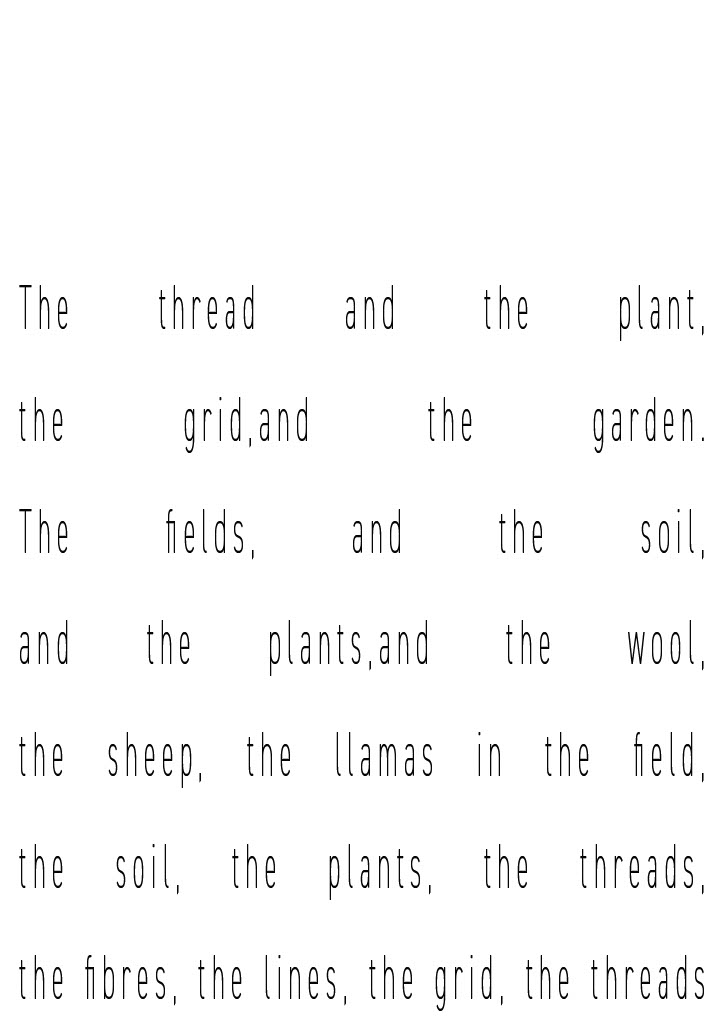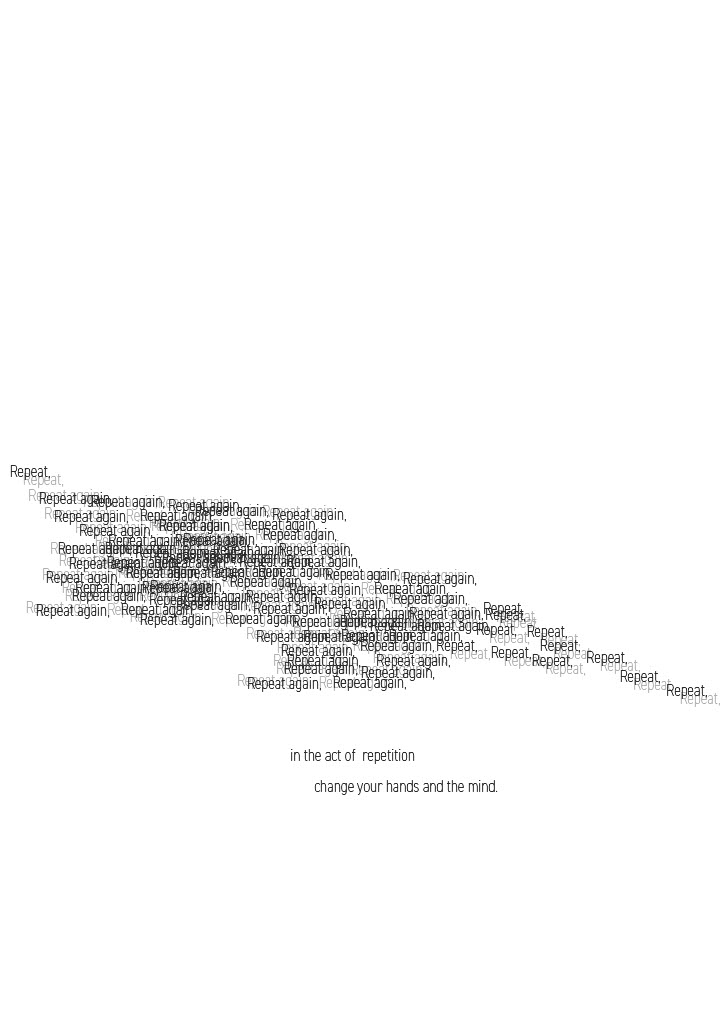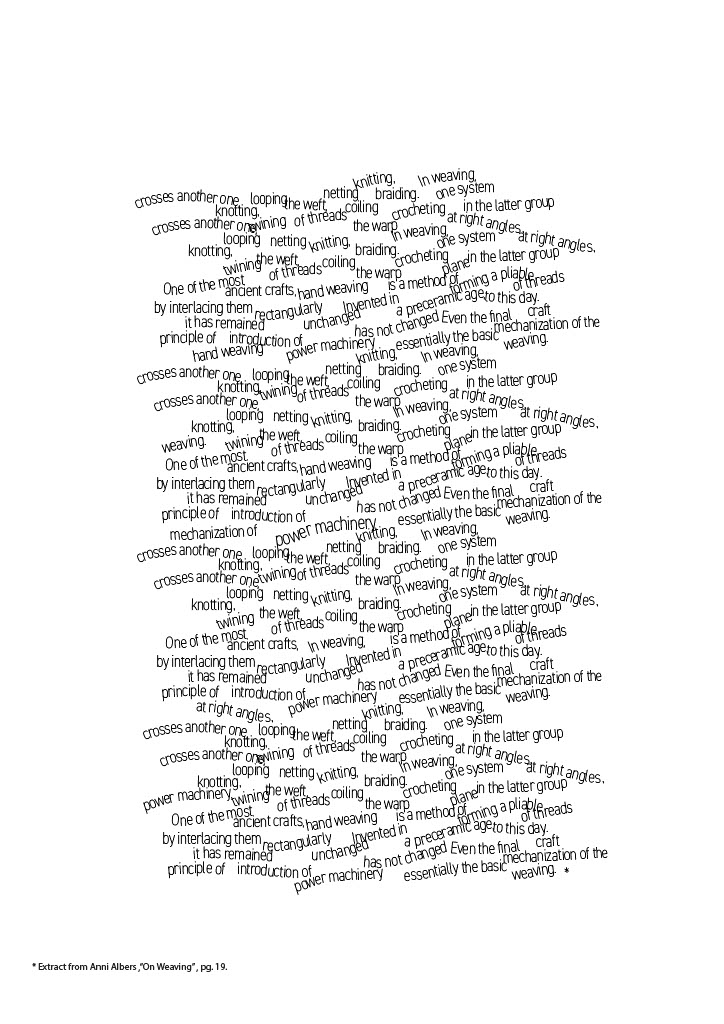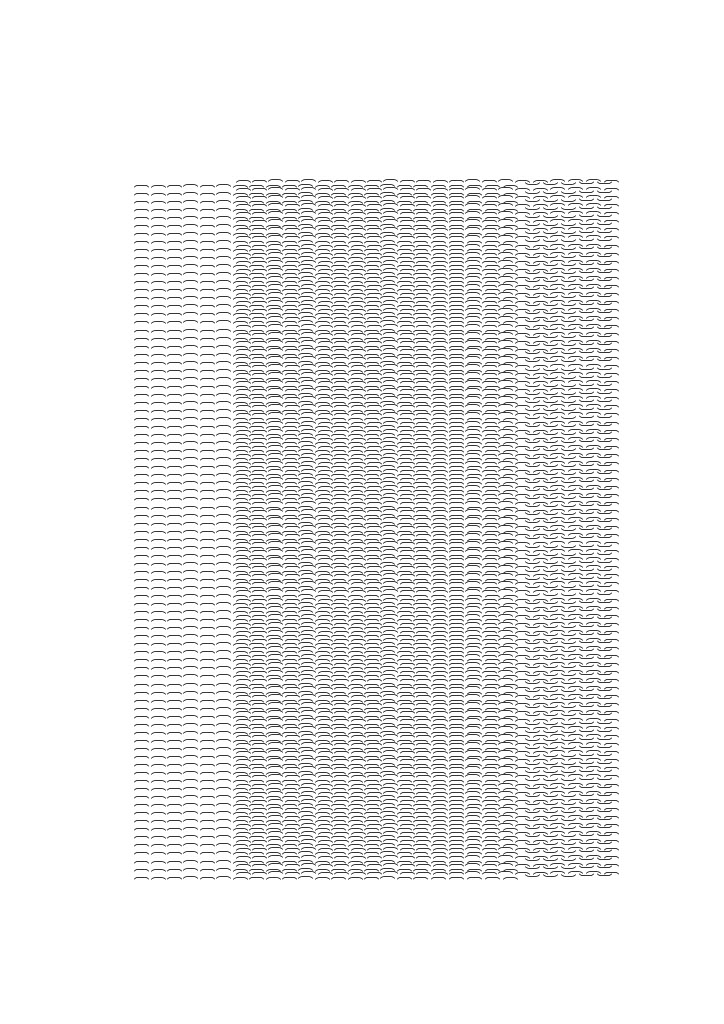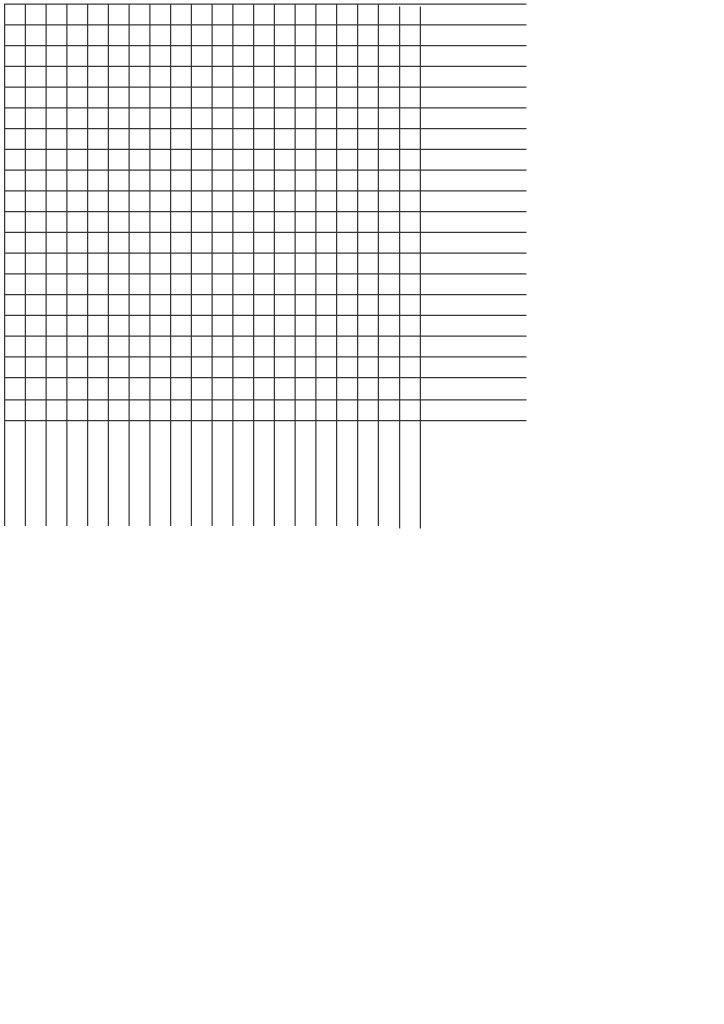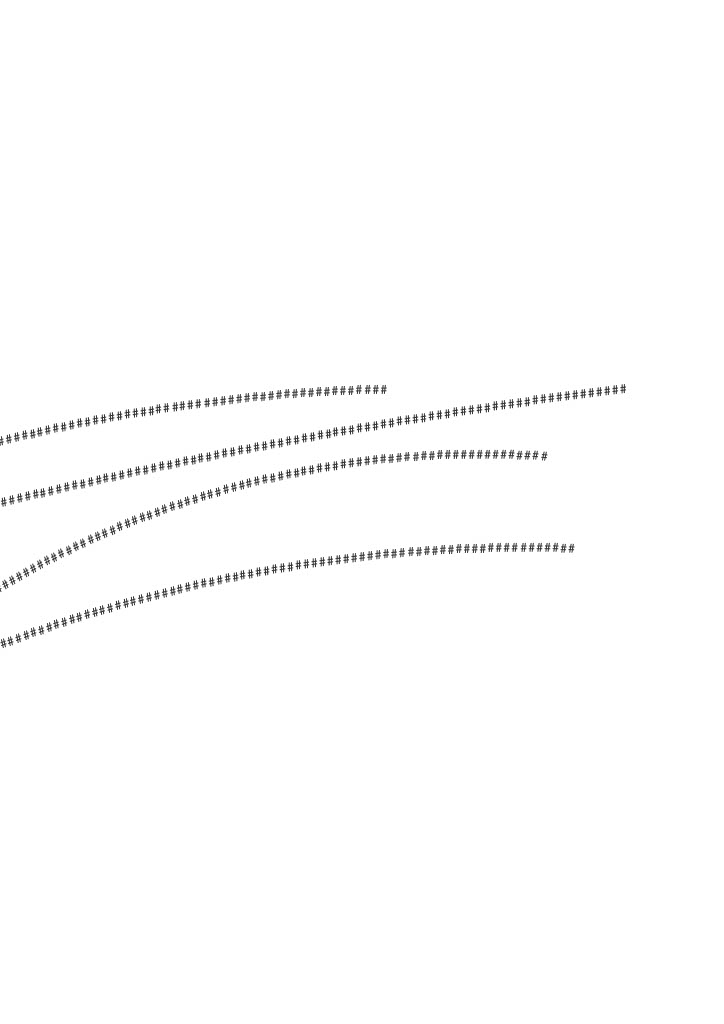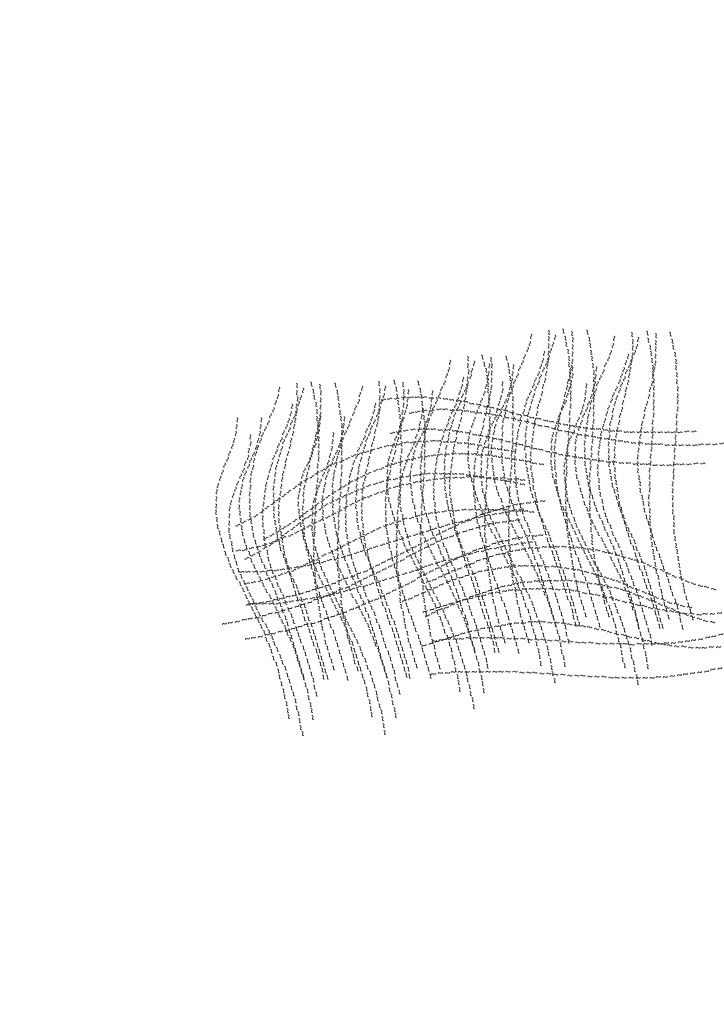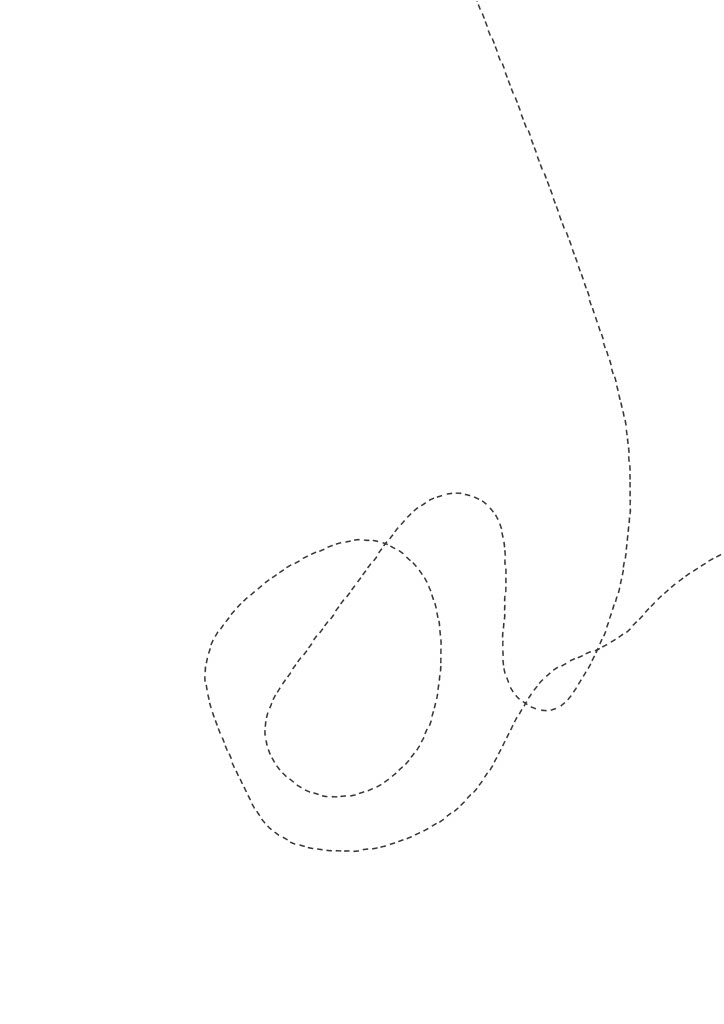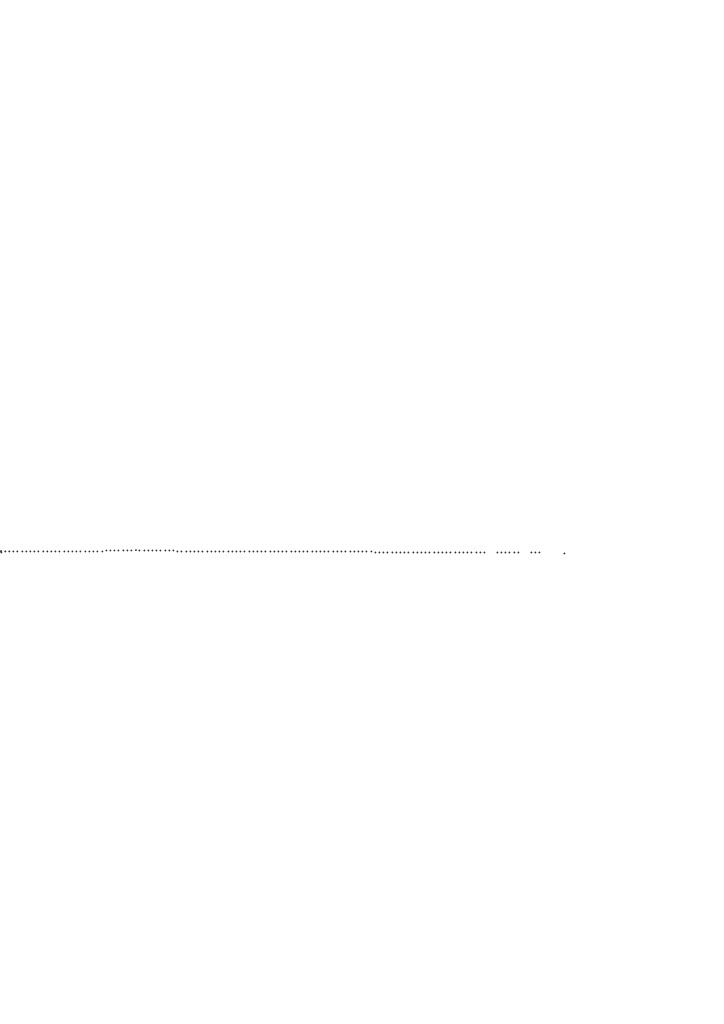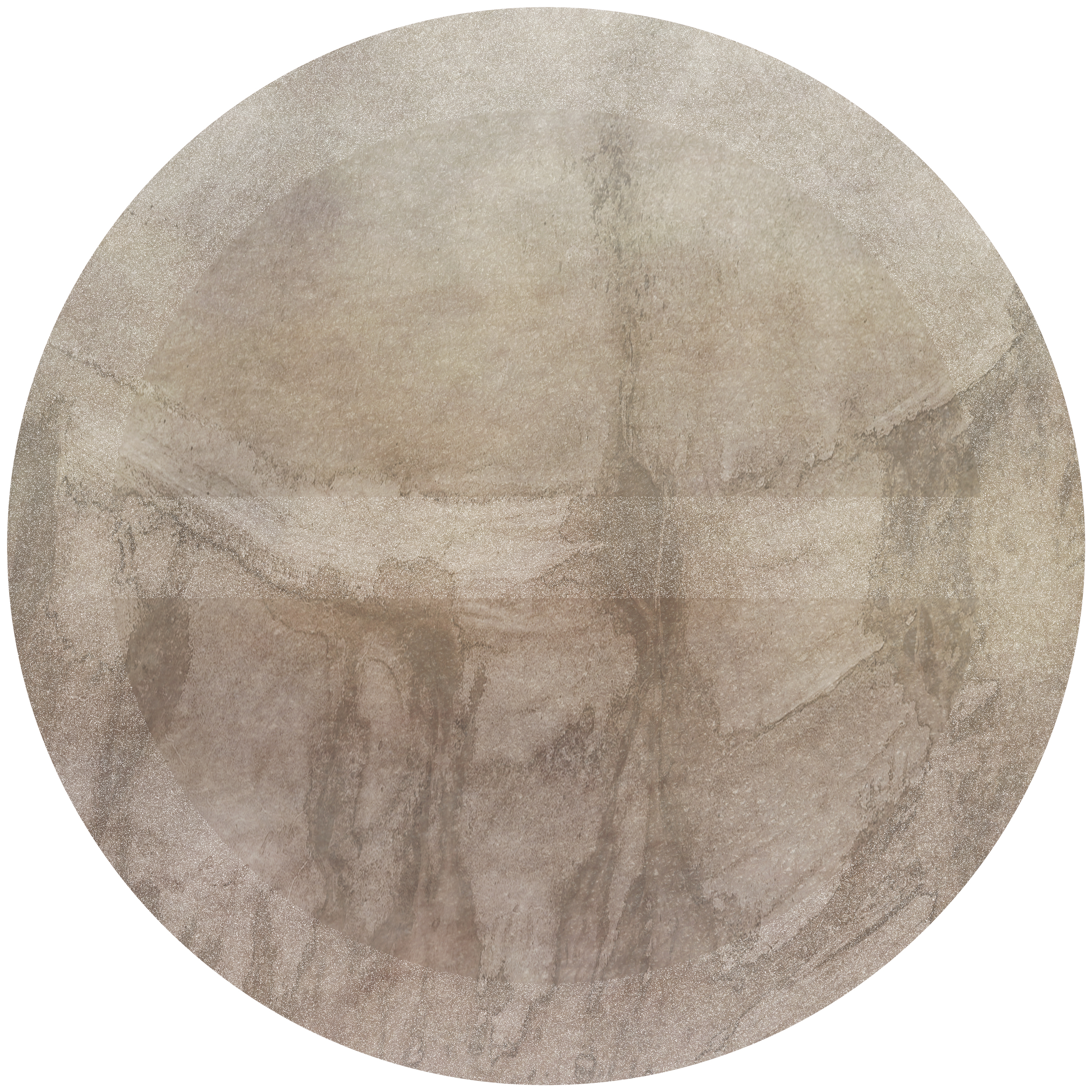In a space of shine a single light reflects onto and then off of a piece of Ecuadorian soil. The minerals of the earth glitter-imaging all that is desired, all that can be extracted, demarcating the land's total value through grids of signification. All that glitters is gold. But places of shine illuminate that which must necessarily be obscured, that which must be shed in darkness, in order to justify lazy equations of value.
Mine, yours, ours, the possessive pronouns that announce property and properties. Pronouns which articulate the drive for all things to be possessed, known, comprehended, commodified. Property and properties, the spatial dispossession of both land and persons for the purposes of extraction. Mine, (noun) an excavation of the earth for mineral extraction. Mine, (verb) to obtain from a mine. Mine, yours, ours, the geologic grammar that ties bodies to bodies of earth for total extraction, flesh taking flesh. It is a grammar that is always already operating under a process of abstraction and obscurity.
What is value in our modern dialect if not that which is equated to total worth, monetary worth, fungibility, usefulness, that which can be commodified? What is value if not something that we infuse onto or into something/someone, that which is thought to be intrinsic under “universal” standards of reason and comprehension. What is value if not a notion that is sedimented in the very architecture of our lives? What is value, if not that which is threaded through our modern ethical scene — the assignation of who and what comes to, or gets to matter?
To speak of real value then, is to speak of justice. To speak of justice, is to enter into a dialogue that has no full stop, for justice is not singular, it cannot be achieved once and for all. Justice-to-Come. To speak of justice is to question how to keep the possibility of justice alive in a world that thrives on death, extraction and dispossession. To speak of justice is to resist “elementary commodification or understanding”.30
What is real value anyway?
What is real value anyway?
What is real value anyway?
What is real value anyway?
What is real value anyway?
What is real value anyway?
What is real value anyway?
What is real value anyway?
What is real value anyway?
What is real value anyway?
What is real value anyway?
What is real value anyway?
What is real value anyway?
What is real value anyway?
What is real value anyway?
What is real value anyway?
What is real value anyway?
What is real value anyway?
What is real value anyway?
What is real value anyway?
What is real value anyway?
What is real value anyway?
What is real value anyway?
What is real value anyway?
What is real value anyway?
What is real value anyway?
What is real value anyway?
What is real value anyway?
What is real value anyway?
What is real value anyway?
What is real value anyway?
What is real value anyway?
What is real value anyway?
What is real value anyway?
What is real value anyway?
What is real value anyway?
What is real value anyway?
What is real value anyway?
What is real value anyway?
What is real value anyway?
What is real value anyway?
What is real value anyway?
What is real value anyway?
What is real value anyway?
What is real value anyway?
What is real value anyway?
What is real value anyway?
What is real value anyway?
What is real value anyway?
What is real value anyway?
What is real value anyway?
What is real value anyway?
What is real value anyway?
What is real value anyway?
What is real value anyway?
What is real value anyway?
What is real value anyway?
What is real value anyway?
What is real value anyway?
What is real value anyway?



